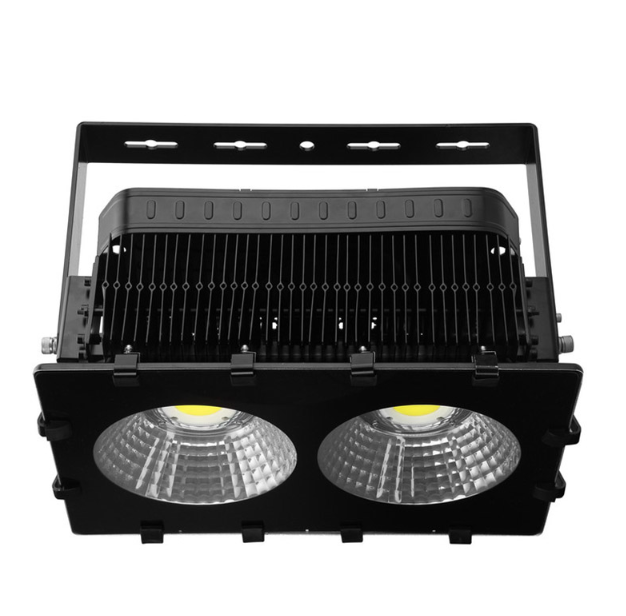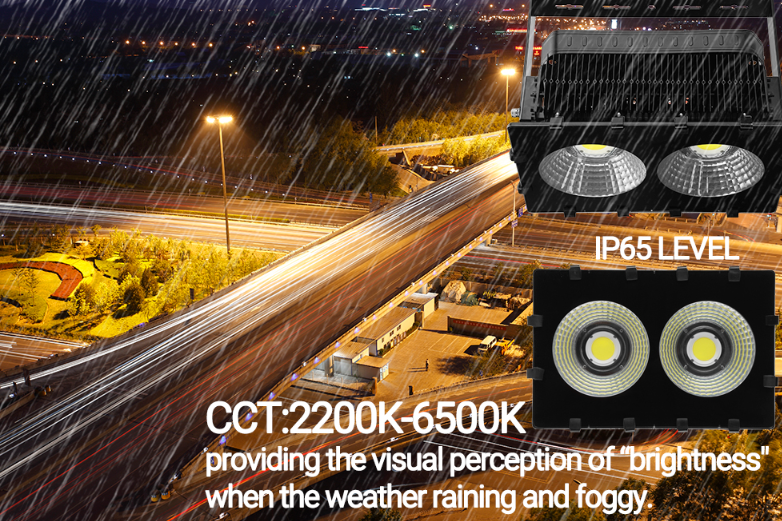Airports are bustling hubs of activity, operating around the clock to facilitate millions of passengers and cargo shipments annually. Amidst the complexity of their operations, one crucial aspect that significantly impacts both functionality and aesthetics is lighting. In recent years, airports worldwide have increasingly turned to LED technology for its efficiency, longevity, and versatility. This blog explores the essential needs for LED lighting in airports, innovative design ideas, and considerations for choosing the right solutions for airport projects.
The Need for LED Lighting in Airports
Efficiency and Sustainability
In the quest for energy efficiency and sustainability, airports have adopted LED lighting as a superior alternative to traditional lighting systems. LED lights consume significantly less energy than conventional bulbs, translating into substantial cost savings for airports over time. Moreover, LEDs have a longer lifespan, reducing maintenance efforts and costs associated with frequent bulb replacements—a critical advantage in large-scale environments like airports where downtime must be minimized.
Safety and Security
Ensuring safety and security within airports is paramount. LED lighting offers superior visibility and color rendering compared to older technologies, thereby enhancing both indoor and outdoor visibility. Bright and clear lighting not only aids passengers in navigating through terminals and boarding areas but also supports surveillance systems by providing better illumination for security cameras. This contributes to overall safety measures and enhances the operational efficiency of airport security personnel.
Compliance with Regulatory Standards
Airports must adhere to stringent regulatory standards concerning lighting quality and energy consumption. LED lighting solutions are designed to meet or exceed these standards, offering airports a reliable means to comply with local and international regulations. From light intensity to color temperature, LED systems can be tailored to meet specific requirements, ensuring consistent performance across all airport facilities.
Design Ideas for Airport LED Lighting: Terminal Lighting Design
Architectural Integration
Modern airports aim for a seamless blend of functionality and aesthetics. LED lighting can be integrated into architectural elements such as ceilings, walls, and columns to create visually appealing spaces. Recessed LED fixtures provide uniform illumination without detracting from architectural features, enhancing the overall passenger experience while maintaining a cohesive design language throughout the terminal.
Dynamic Lighting Controls
Dynamic lighting controls enable airports to adjust lighting levels based on natural daylight, passenger traffic, and operational needs. Automated systems can dim or brighten lights in response to daylight levels, reducing energy consumption during peak daylight hours. In passenger areas, such as lounges and waiting areas, lighting can be tailored to create different atmospheres, from calming environments for relaxation to vibrant settings for retail spaces.
Wayfinding and Orientation
LED lighting plays a crucial role in wayfinding within airports. Clear signage illuminated by LEDs helps passengers navigate through terminals efficiently. Floor-level lighting strips or embedded LED lights can guide passengers along pathways and escalators, enhancing both safety and convenience. Color-coded lighting schemes can differentiate zones within the airport, such as departure gates, baggage claim areas, and security checkpoints, aiding in orientation and reducing confusion.
Advantages of K-COB LED High Mast Lighting
Energy Savings and Efficiency
K-COB LED high mast lights are engineered to deliver significant energy savings compared to traditional lighting systems. With wattages ranging from 800W to 1000W, these fixtures achieve a remarkable 60%-80% reduction in energy consumption. This efficiency not only lowers operational costs but also aligns with sustainability goals by reducing carbon emissions associated with airport operations.
Maintenance Cost Reduction
One of the standout features of K-COB LED chips is their superior longevity and minimal light degradation over time. Unlike conventional lighting sources, K-COB LEDs maintain their brightness and functionality for extended periods, often without the need for frequent replacements. This characteristic drastically reduces maintenance costs and enhances operational reliability, critical for ensuring uninterrupted airport operations.
Exceptional Lighting Performance
Designed for large area applications such as airports, K-COB LED high mast lights provide an exceptionally even distribution of light. The multi-point design ensures uniform illumination across vast spaces, minimizing shadows and enhancing visibility. Additionally, these lights are available in a wide range of correlated color temperatures (CCT), including extremely low options like 2200K, which improves visibility during adverse weather conditions such as rain and fog. This feature is essential for maintaining safe and efficient airport operations around the clock.
Choosing Airport LED Lighting: Project Considerations
Performance and Reliability
Manufacturer Reputation
When selecting LED lighting for airport projects, partnering with reputable manufacturers is essential. Companies like CAS-CERAMIC OPTOELECTRONICS TECHNOLOGY CO., Ltd., known for their expertise in optoelectronics, offer reliable products tailored to the demanding requirements of airports. Verified performance data and adherence to international standards ensure that the selected LED solutions meet or exceed expectations for longevity, reliability, and efficiency.
Product Specifications
Each area within an airport requires specific lighting solutions tailored to its function. For example, runway and apron lighting must meet rigorous standards for visibility and durability, whereas terminal lighting focuses on comfort and energy efficiency. LED luminaires should be selected based on factors such as light output, color temperature, and beam angle to optimize performance in each application area.
Energy Efficiency and Cost Savings
Lifecycle Costs
LED lighting solutions typically have higher upfront costs compared to traditional lighting options. However, their long lifespan and lower energy consumption result in significant cost savings over the life of the installation. Assessing lifecycle costs—including maintenance expenses and energy savings—provides a clearer picture of the overall economic benefits of LED lighting for airports.
Energy Management Systems
Integrating LED lighting with advanced energy management systems enhances efficiency further. Automated controls, occupancy sensors, and daylight harvesting technologies optimize energy use by adjusting lighting levels in real-time based on environmental conditions and occupancy patterns. These systems not only reduce operational costs but also support airports in achieving sustainability goals.
Compliance and Adaptability
Regulatory Requirements
Airports operate under strict regulatory frameworks that govern lighting standards and energy efficiency. LED lighting solutions must comply with these regulations to ensure operational continuity and regulatory compliance. Choosing products that are certified by recognized authorities demonstrates adherence to industry standards and minimizes the risk of non-compliance issues.
Scalability and Future-Proofing
As airports expand or renovate existing facilities, scalability and adaptability become crucial factors in selecting LED lighting solutions. Modular designs and interoperable systems allow for easy integration of new technologies and upgrades, ensuring that lighting installations remain efficient and effective over time. Future-proofing airport lighting systems reduces the need for costly retrofitting as operational needs evolve.
Conclusion
In conclusion, LED lighting has revolutionized airport environments by offering superior performance, energy efficiency, and flexibility in design. From enhancing safety and security to reducing operational costs, LED solutions from manufacturers like CAS-CERAMIC OPTOELECTRONICS TECHNOLOGY CO., Ltd. play a pivotal role in modern airport infrastructure. By embracing innovative lighting designs and selecting products that meet stringent requirements, airports can create sustainable, visually appealing spaces that cater to the needs of passengers and staff alike.
Post time: Jun-19-2024







